Stores that opened for business the year you were born
Famous names that opened in your birth year
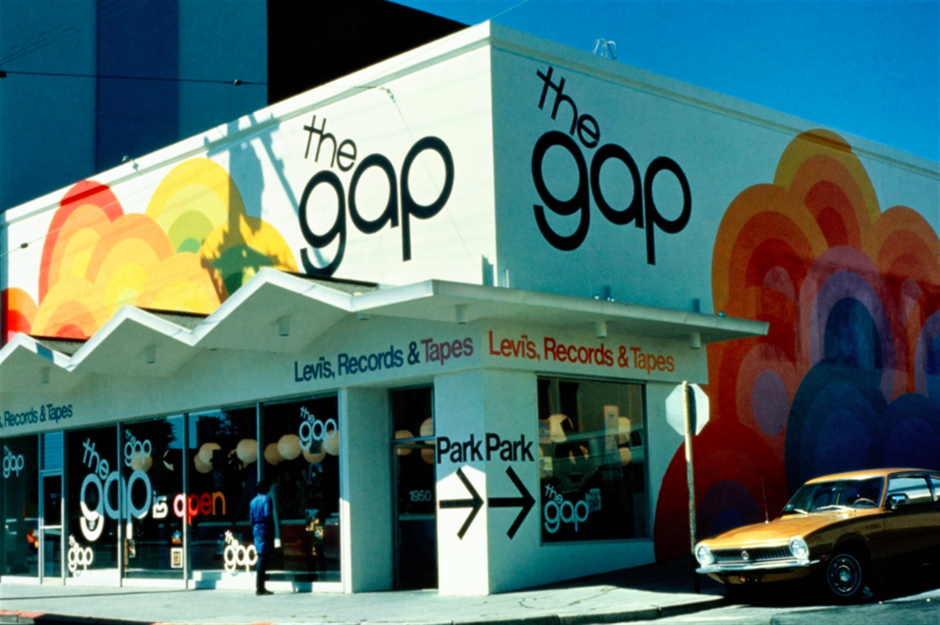
The world of retail is incredibly volatile and new stores come and go all the time. Creating a successful brand requires a special mix of hard work, talent and the ability to adapt to the changing market, so it may be surprising that more than a few of the biggest retailers today have been around for decades. Let's take a look back at the launch of some of today's most famous stores. Which one shares its year of birth with you?
1946 – Aldi
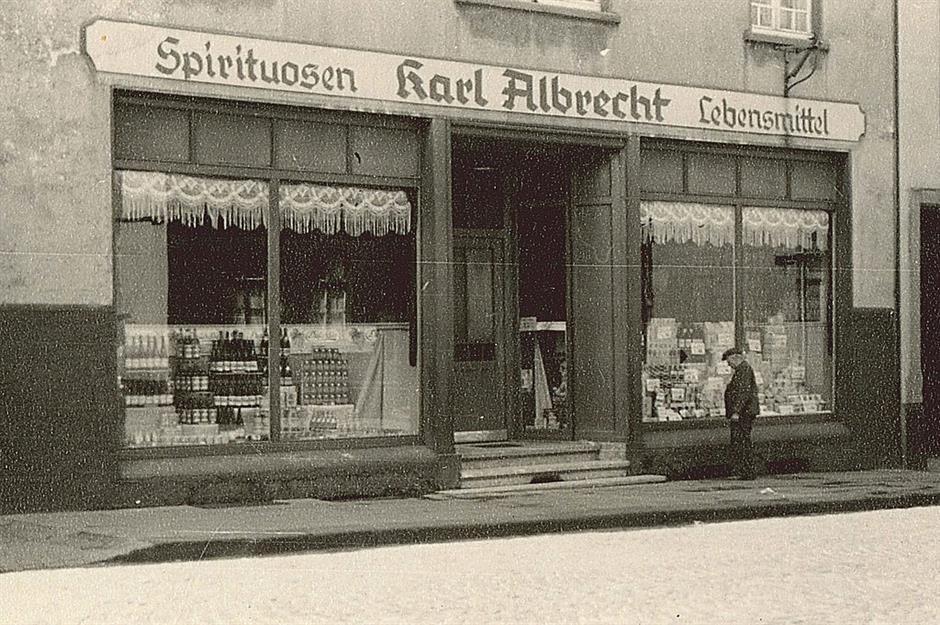
Aldi's roots date back to 1946, when Karl and Theo Albrecht inherited the family's grocery store, founded in the German city of Essen in 1913. The brothers focused on selling discounted goods, and it proved a shrewd move – by 1950 they owned 12 more stores. However, in 1960 the pair became embroiled in a dispute over whether to sell cigarettes. As a result, they split the business in half, naming the separate enterprises Aldi Nord and Aldi Süd. Today the supermarket chain is a global player operating more than 11,000 stores worldwide.
Read more about Aldi: the German supermarket taking over the world
1947 – H&M
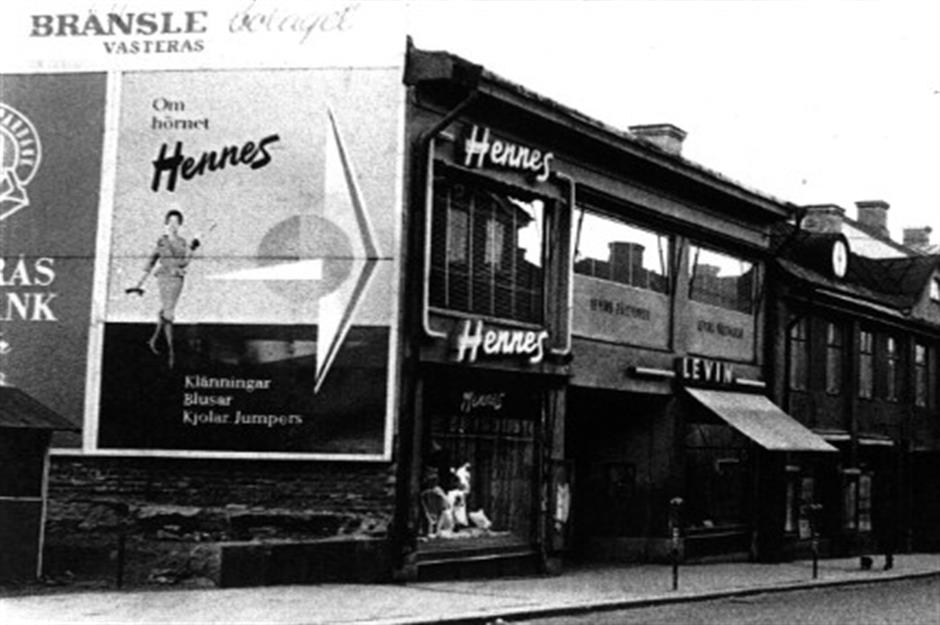
The idea for H&M came to Swedish businessman Erling Persson while he was on a road trip through the USA in 1946. After visiting New York and seeing a new, modernised way of selling women's fashion, the 30-year-old was inspired to bring it home. One year later he opened his clothing store Hennes, Swedish for "Hers", in Västerås, Sweden. In 1968 Persson changed the name to Hennes & Mauritz following his purchase of men's clothing store Mauritz Widforss. There are now almost 5,000 stores worldwide.
1948 – Co-op

When the Co-operative Group opened its first grocery store in east London in 1948, it revolutionised the food retail industry. Previously, shoppers would have to visit multiple shops, such as butchers or bakeries, in order to buy everything they needed. This first Co-op in Manor Park may have been small by today's standards, but as Britain's first supermarket it made grocery shopping much more convenient. Today there are over 2,500 Co-op shops throughout the UK.
1949 – Pottery Barn
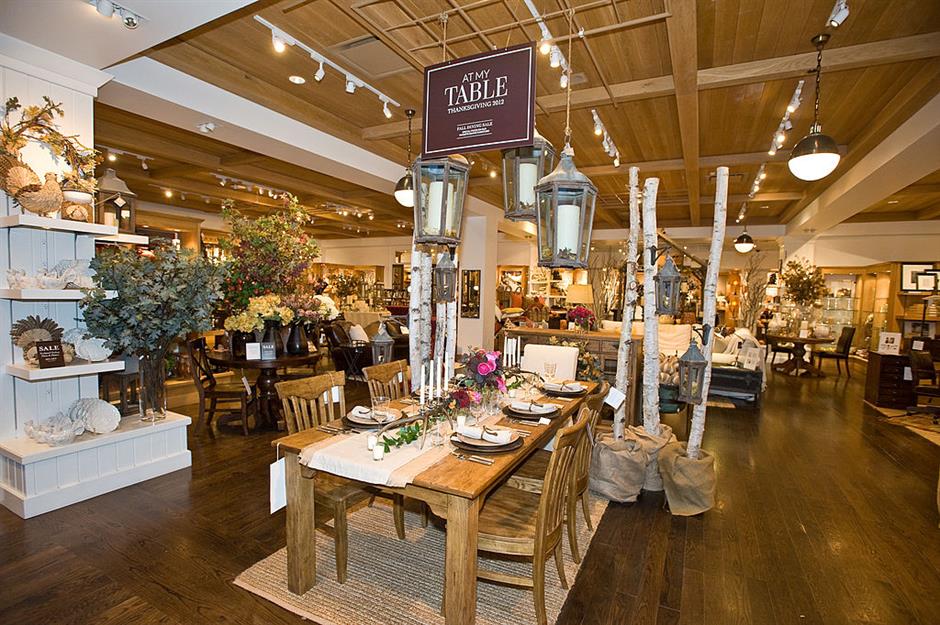
The founding of Pottery Barn happened accidentally. Paul Secon came across three barns full of pottery leftovers belonging to the New York Gladden Parker factory, which agreed to sell them to him. He and brother Morris opened a store on 10th Avenue, Manhattan, selling the chipped and misshapen ceramics and Pottery Barn was born. Despite opening six more stores, the duo failed to find big success with the brand and so they nicknamed it "Poverty Barn". It was after they sold it in 1968 that it really took off.
1950 – Ross Stores

Morris Ross opened the first Ross Department Store in San Bruno, California in 1950. Despite being completely committed to the store, working 85-hour weeks and doing all of the buying and admin tasks himself, Ross decided to sell the store eight years later to become a real estate developer. In 1982, by which time there were six Ross stores, the company was sold again. This shrewd group of investors grew the retailer over the next three decades to a $15 billion (£11.7bn) Fortune 500 company.
1951 – Circle K
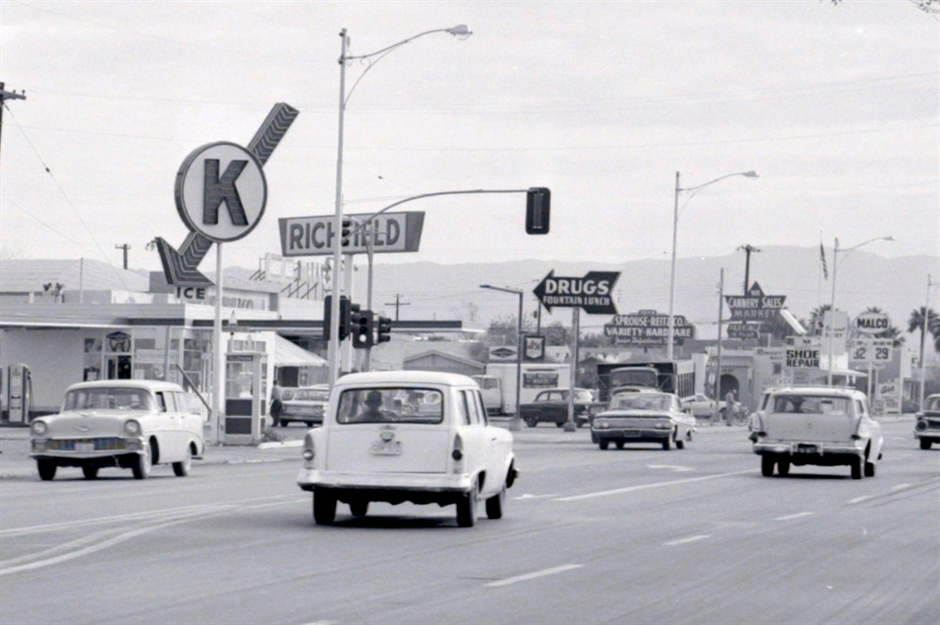
1952 – Les Schwab
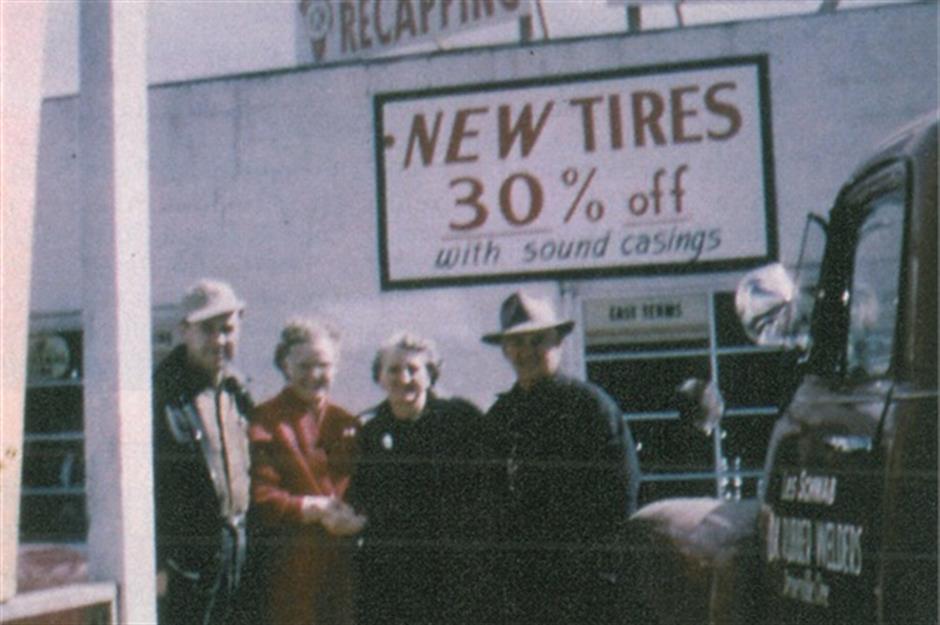
Orphaned at the age of 15, Les Schwab didn't have the easiest start in life. After working as a circulation manager for a local newspaper and serving in World War II, he decided to start his own company. Aged 34, with a pregnant wife and an 11-year-old son, he sold his house and bought OK Rubber Welders in Prineville, Oregon in 1952. Despite having never even repaired a flat tyre before, Schwab managed to grow his tyre business to become one of the largest in the US.
1953 – Dollar Tree
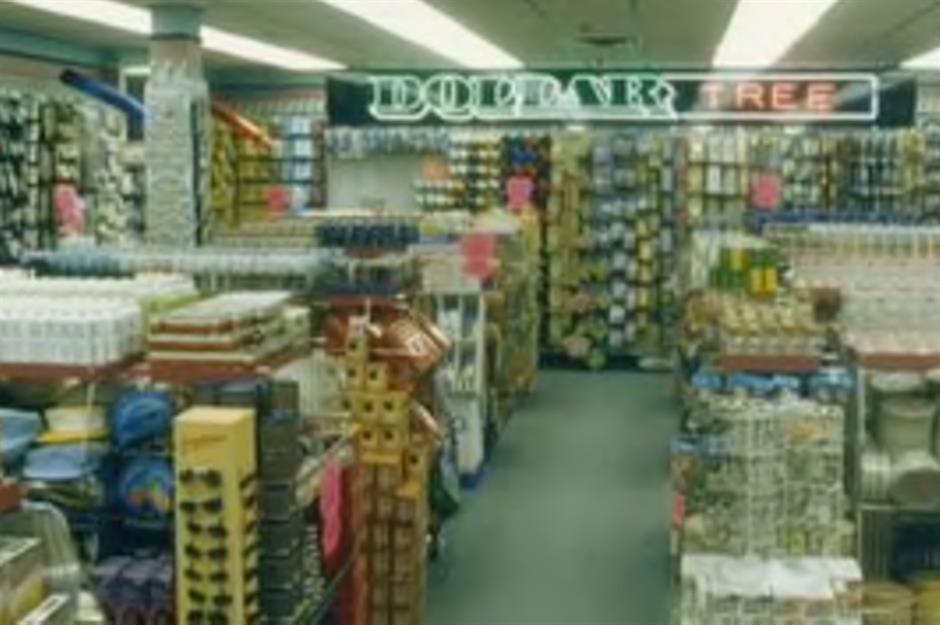
The history of Dollar Tree dates back to 1953 when K.R. Perry opened a discount store in Norfolk, Virginia, which he named K&K 5&10. After enlisting the help of his brother Doug and Macon Brock, the company grew to 130 stores. In 1986 Doug Perry and Macon Brock started their own retail chain, Only $1.00, inspired by the Everything's A Dollar stores that existed at the time. The name Dollar Tree was introduced in 1993, and the business took off, celebrating its 5,000th store opening in 2014.
1954 – Savers

After completing a business degree at the University of Washington, 24-year-old William O. Ellison opened his first thrift store in 1954. The store was located in an old cinema in San Francisco's Mission District, and was bankrolled by Ellison's father, a former Salvation Army career officer who worked as a manager of secondhand stores. Despite some controversy questioning the company's business practices, Savers has grown to a 300-store empire.
1955 – Bazaar by Mary Quant
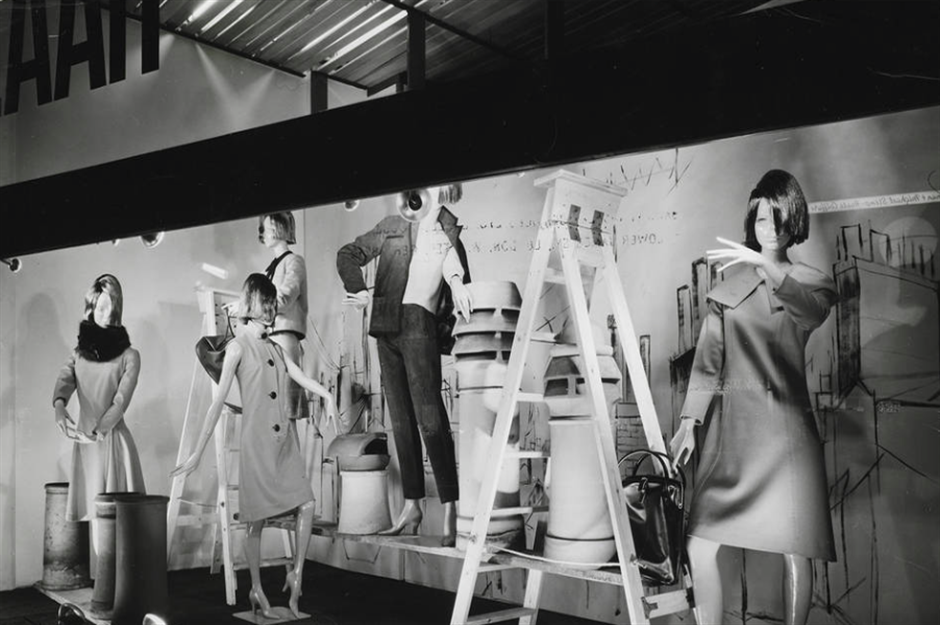
Mary Quant opened her fashion boutique on London's King's Road in 1955. Initially planning to fill the store with clothing bought on the wholesale market, she soon became disappointed with the clothes available. As a result, she decided to design the pieces herself, targeting a younger market that wasn't well catered for at the time. In fact, Quant is often credited with inventing the miniskirt. The store was a huge success, prompting the launch of a second location two years later.
1956 – Marshalls

After serving as an underwater welder in World War II, Alfred Marshall opened a fruit market stall. Later upgrading to a small supermarket, he eventually expanded into clothing and homewares. The first Marshalls department store sprung to life in 1956 in Beverly, Massachusetts. His department store offered brand names at discounted prices, and this concept proved particularly popular during the recession of the 1970s. There are now 1,000 US stores and an online store as of late 2019.
1957 – Toys 'R' Us

Charles Lazarus found inspiration for Toys 'R' Us while serving in World War II. He noticed that a large number of his comrades talked about starting a family after the war and it was this revelation that led him to open a children's furniture store in Washington in 1948. Nine years later he switched to toys after realising it was a more lucrative sector – unlike furniture, parents keep buying toys for their children. After decades of success the company went bankrupt in 2017 but emerged as new company Tru Kids in early 2019.
1958 – IKEA

In 1943, when Ingvar Kamprad was 17, his father gave him some money as a reward for doing well in his studies. He used the cash to fund his own small business, selling stationery and jewellery at discounted prices. Five years later Kamprad moved into furniture and in 1958 opened his first IKEA store in Älmhult, Sweden, housing 6,700 square metres of homewares. The name IKEA is a combination of the founder's initials and the first letters of the farm (Elmtaryd) and village (Agunnaryd) he grew up in.
Read more about Ingvar Kamprad's eccentric life
1959 – Family Dollar
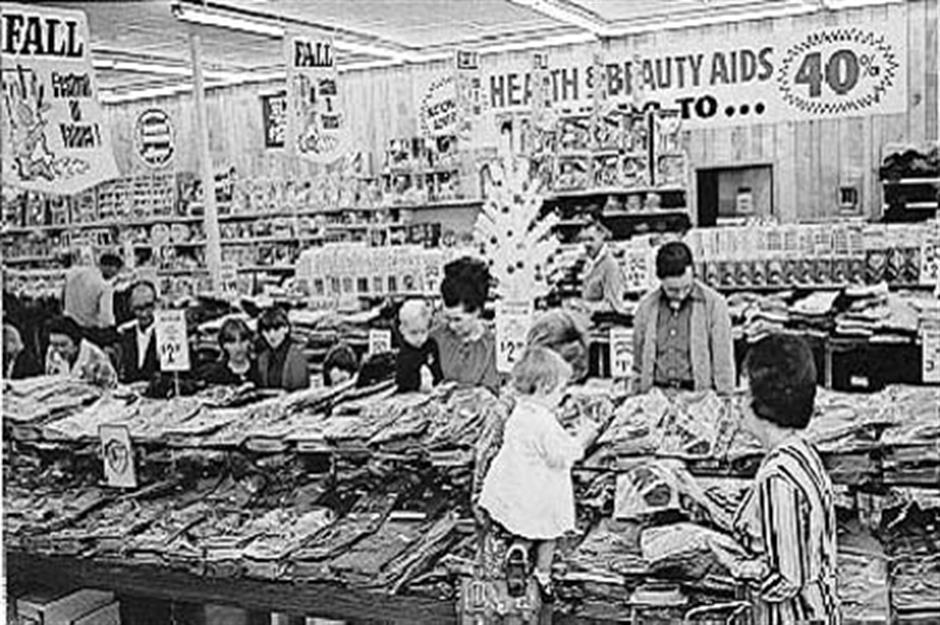
The first Family Dollar store was opened in Charlotte, North Carolina in 1959 by Leon Levine. The 21-year-old had grown up in his family's retail business and understood that customers love value for money. Therefore he decided to focus on selling goods under $2. The idea was a success – two years later he opened his second store and by 1965 he'd opened another two, using the same floorpan in each store. Family Dollar was purchased by Dollar Tree in 2015 for $8.5 billion (£6.6bn).
1960 – Carrefour

French retailer Carrefour started from humble beginnings in 1958. The company was founded by Marcel Fournier, Denis Defforey and Jacques Defforey, who had been inspired by the so-called "Pope of retail" Bernardo Trujillo after attending his seminars in the US. In 1960 the trio opened their first supermarket in Annecy, France. Three years later they introduced an entirely new concept: the hypermarket, a supermarket and department store under the same roof. Carrefour turned over €77.91 billion ($86.5bn/£67.4bn) in 2018.
1961 – Claire's
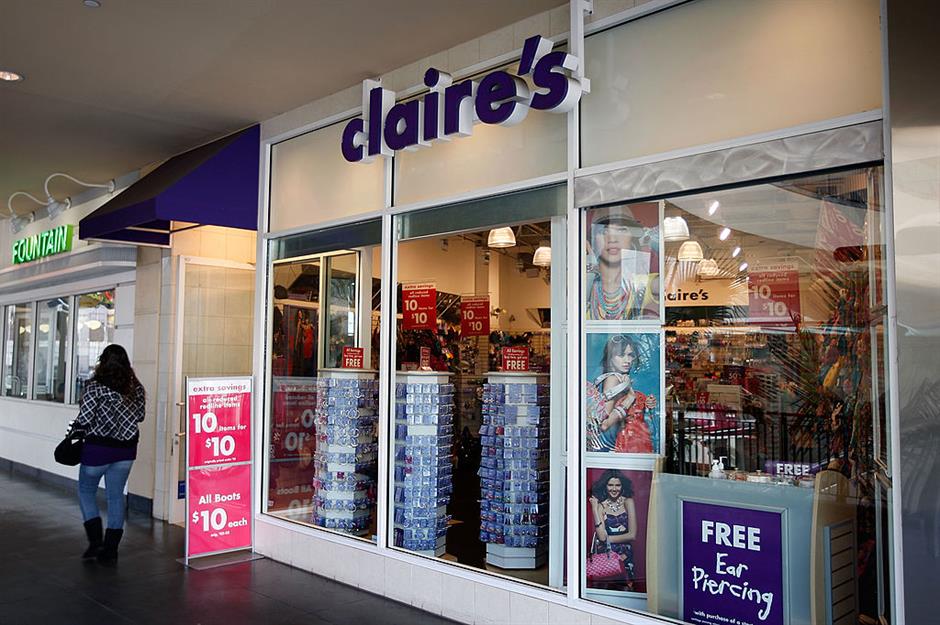
Claire's dates back to 1961 when Rowland Schaefer founded Fashion Tress, a company that sold wigs and eventually went on to become the largest retailer of its kind in the world. In 1973 the company merged with a Midwest jewellery store chain named Claire’s Boutiques, and Claire's Accessories was officially born. Despite having a presence in 43 countries and approximately 99% of American malls, the company filed for bankruptcy in the US in 2018 and is undergoing restructuring. The store's international shops are not affected.
1962 – Walmart
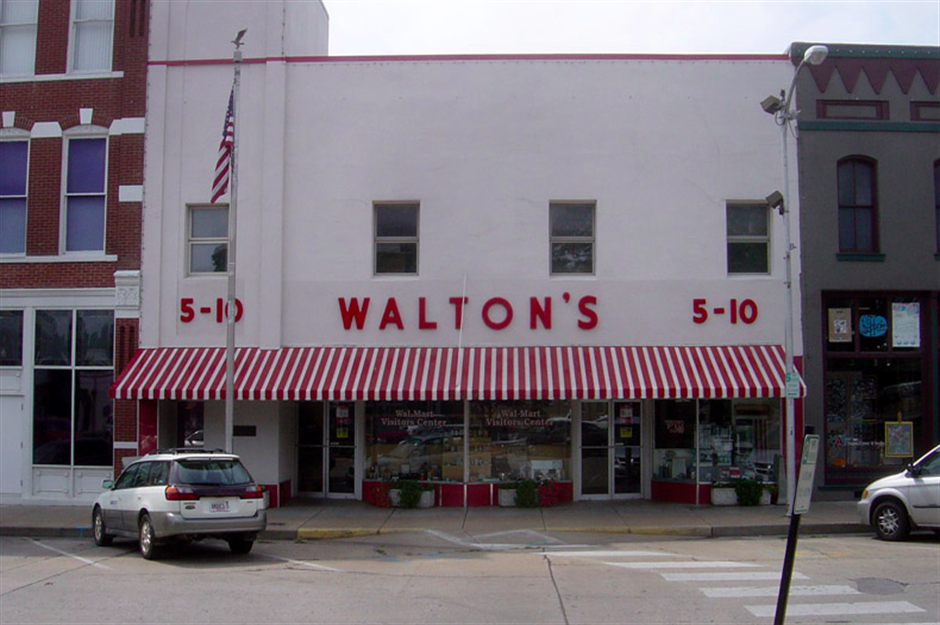
Samuel Walton was born on a farm in Oklahoma in 1918. After earning a bachelor's degree in economics and serving in World War II, he opened a dime store, which proved a great success and inspired him to launch his first Walmart store in 1962 in Rogers, Arkansas. It was actually Walton's assistant, Bob Bogle, who came up with the name Wal-Mart. The company has since grown into the world's largest retailer, making the Waltons America’s richest family with a fortune of $130 billion (£101bn) between them.
Meet the Waltons: the family story behind Walmart's staggering success
1963 – CVS Health

The Consumer Value Store (CVS) chain was launched in 1963 following the opening of the first store in Lowell, Massachusetts. The company was founded by brothers Stanley and Sidney Goldstein along with their friend Ralph Hoagland. The early stores focused on beauty products; it wasn't until 1967 that the company added pharmacy departments, the first being in Warwick, Rhode Island. By 1974 CVS was making annual sales of $100 million, 45 years later that figure had reached $195 billion (£152bn).
1964 – Biba

The iconic Biba store was founded in 1964 by Barbara Hulanicki, the daughter of a Polish diplomat. After launching a successful fashion mail order business, Hulanicki and her husband Stephen Fitz-Simon decided to launch a store selling her designs. Biba, named after Hulanicki's younger sister, became a destination for young women throughout the Swinging 60s. The store, in London's Kensington, sold cheap 'Mod'-style clothes in decadent and lively surroundings.
1965 – Benetton
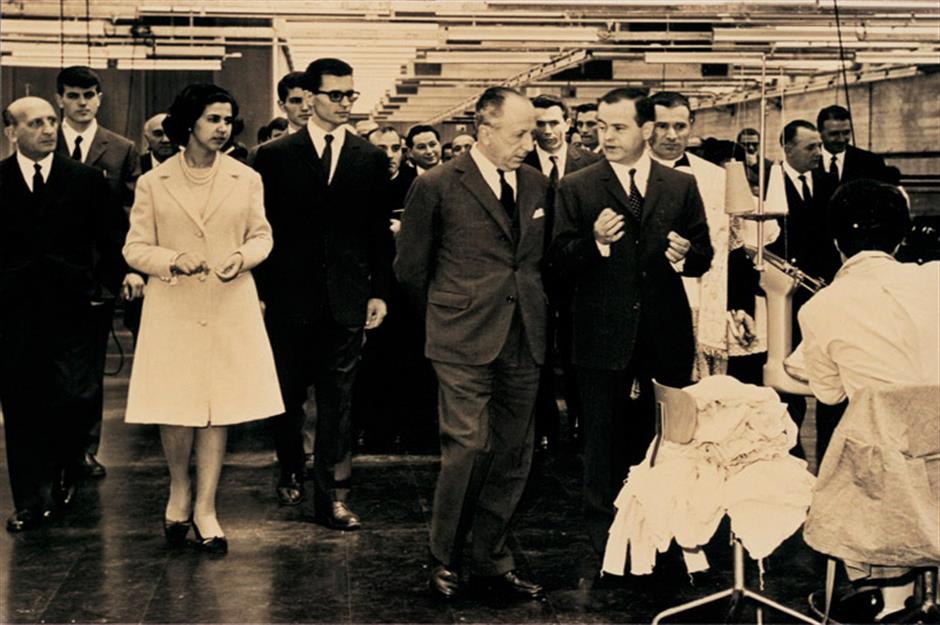
The Italian Benetton siblings came from humble beginnings – their father died when they were young. The idea for their clothing business came after Giuliana knitted a bright yellow jumper for brother Luciano. When their friends started ordering the same jumper, the Benetton clothing business was born. In 1965 the four siblings, Giuliana, Luciano, Gilberto and Carlo, launched their first store in Belluno, northern Italy. Since then the company has expanded worldwide, with 5,000 stores today.
1966 – Best Buy
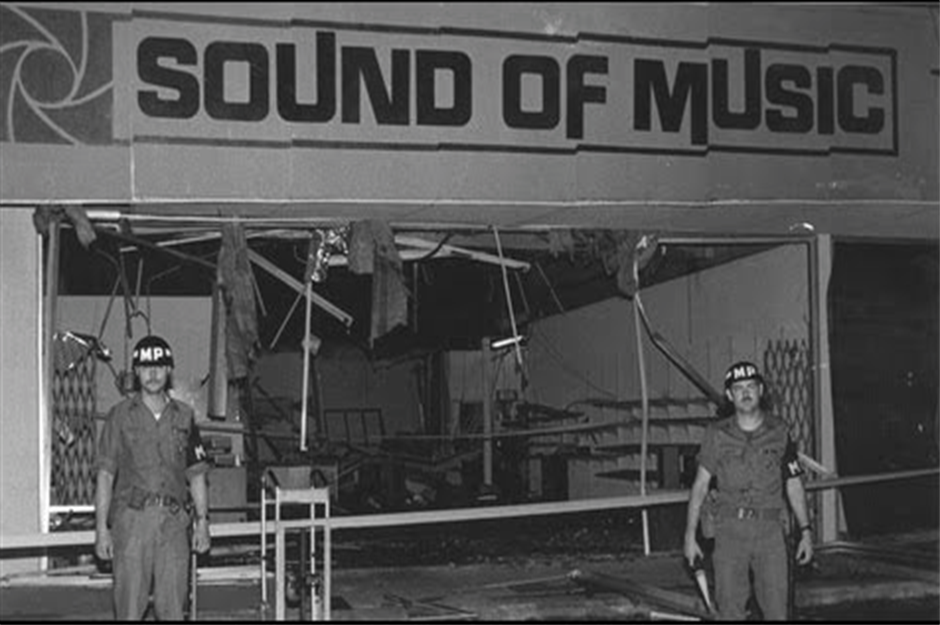
1967 – Trader Joe's
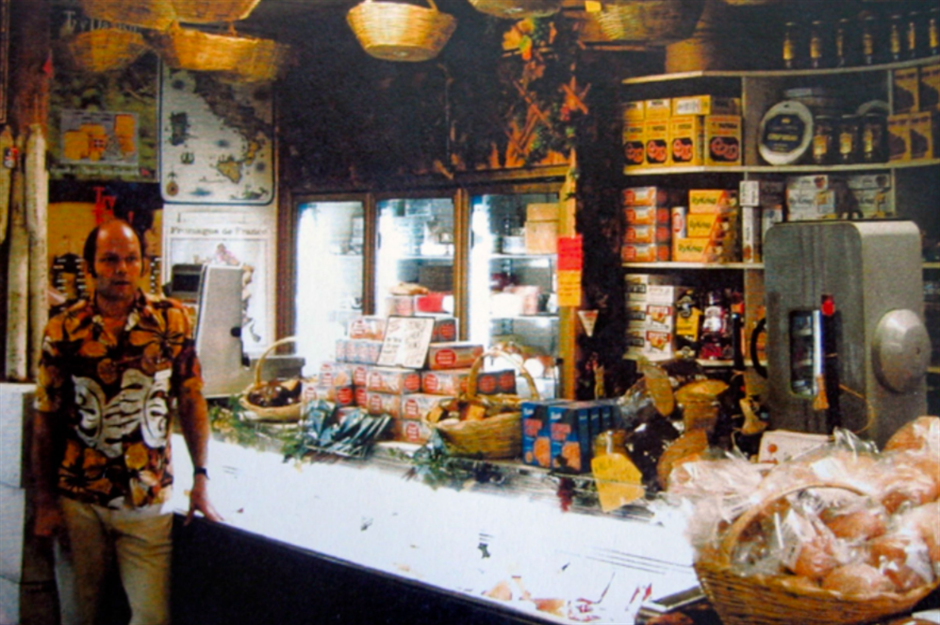
Joe Coulombe had been successfully running a small chain of convenience stores during the 1960s, but he realised that in order to expand further he needed to differentiate his brand from 7-Eleven. In 1967 he rebranded as Trader Joe's, drawing inspiration from the Tiki style that had been popular in the 50s and 60s. The first Trader Joe's store was opened in Pasadena, California, and it was bought by Theo Albrecht's Aldi Nord in 1979. It's still around today, with 494 locations across the US.
1968 – Paperchase
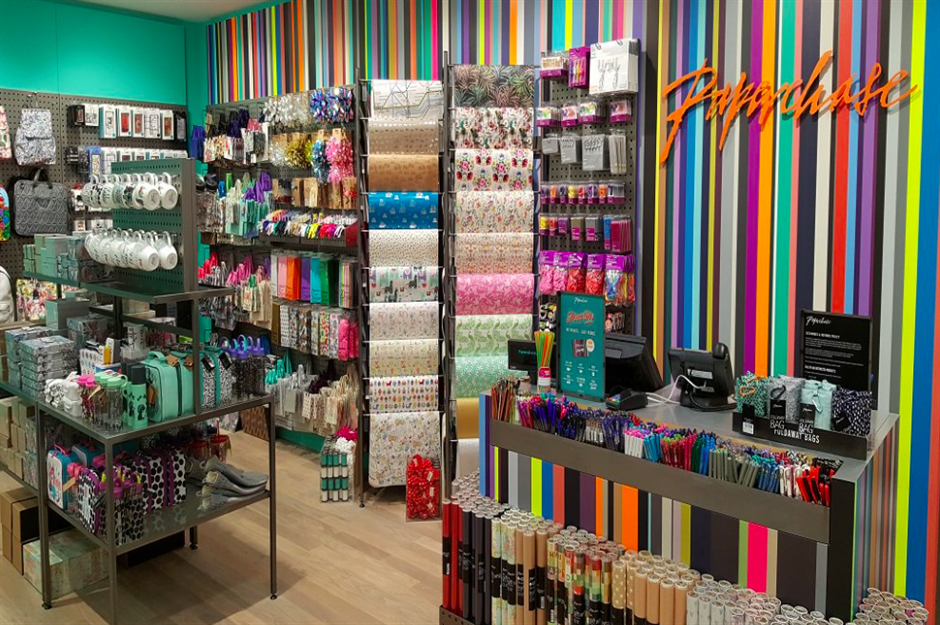
Judith Cash and Eddie Pond turned their love of crafts into a business. The Chelsea Art School students opened a small shop in London's Kensington in 1968. The company wasn't exactly an overnight success but WH Smith clearly saw potential as the retailer acquired Paperchase in 1985 when it only had two stores. Since then the company has grown to a total of 140 UK stores and has also expanded internationally throughout Europe and the Middle East.
1969 – Gap
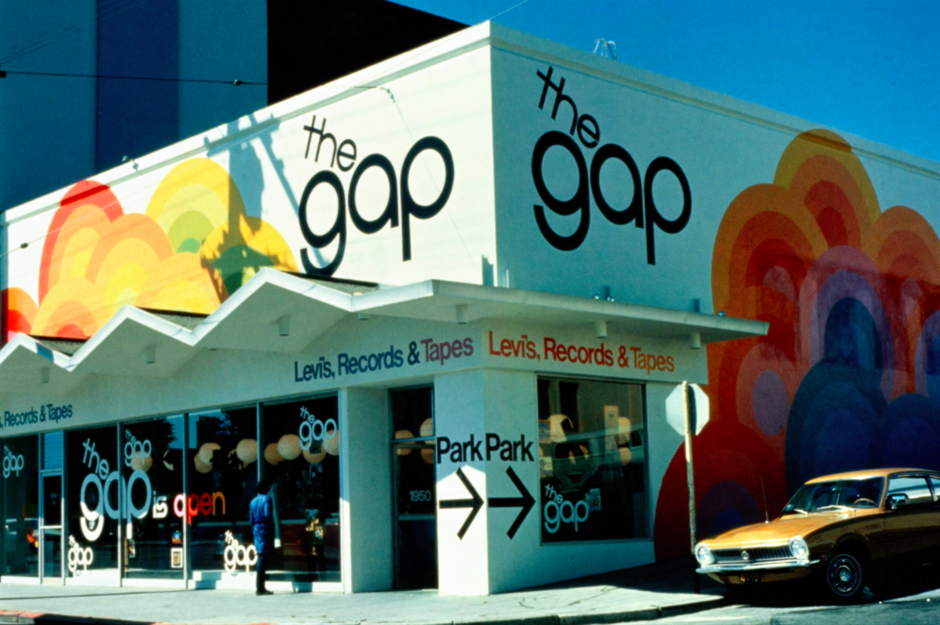
The idea for Gap came from Donald Fisher's struggle to find a pair of jeans that actually fit. Along with his wife Doris, 'Don' raised $63,000 to open a store. Launched in August 1969 on San Francisco’s Ocean Avenue, the first Gap store only sold Levi's jeans and LP records in order to entice teen customers. The store promised every style and size of Levi's, and it proved extremely popular, making $2 million in its second year. In 1974 Gap started selling its own merchandise.
1970 – Urban Outfitters
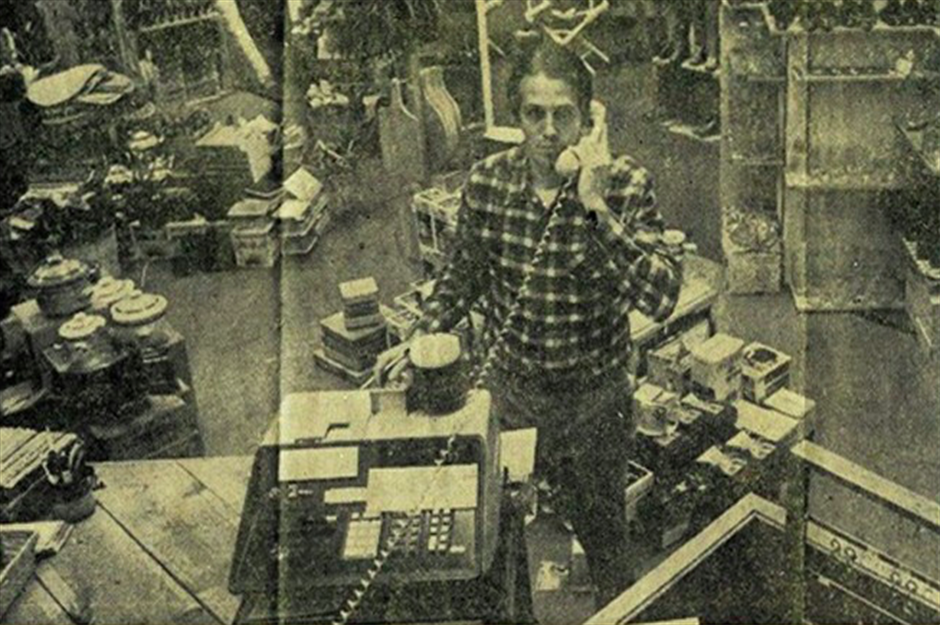
Dick Hayne was just 23 when he decided to open a store, raising $5,000 with friends Scott Belair and Judy Wicks. The store, launched in 1970 and originally named Free People, was next to the University of Pennsylvania in Philadelphia and sold secondhand clothing, candles, jewellery and furniture. The idea was to target college students looking for cheap clothes and items to furnish their dorm. A decade later, the store, now renamed Urban Outfitters, was making $3 million.
1971 – Bed Bath & Beyond
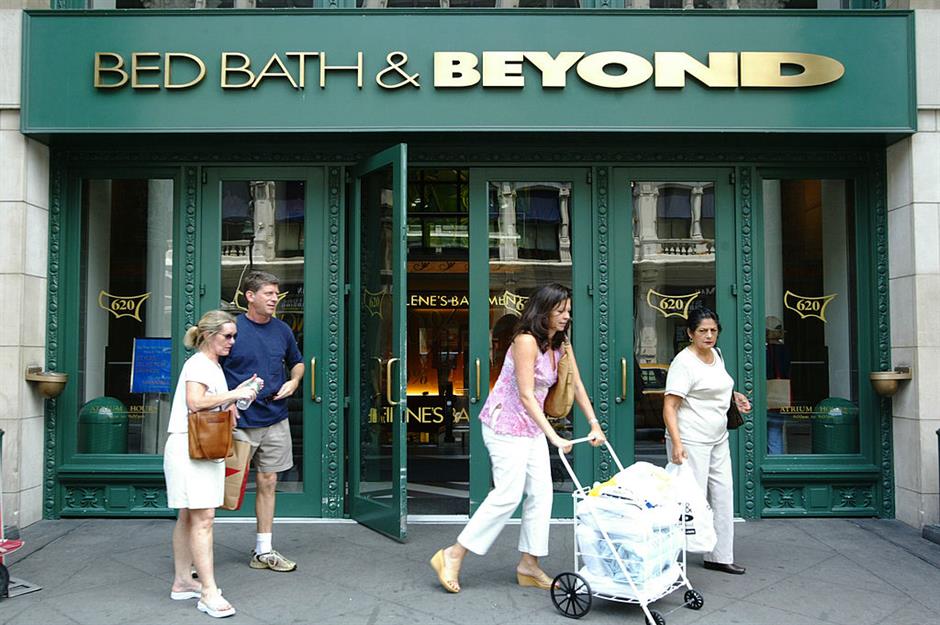
Warren Eisenberg and Leonard Feinstein opened a homeware store in Springfield, New Jersey in 1971. That store, 5,000 square feet in size, was called Bed 'n Bath. By 1985 the duo had added 16 stores, including their first superstore in order to compete with brands like Linens 'n Things, changing the store's name to Bed Bath & Beyond to reflect its expanded product offerings. Eisenberg and Feinstein led the company until 2019, when they stepped down following falling sales.
1972 – Ralph Lauren

1973 – Lidl
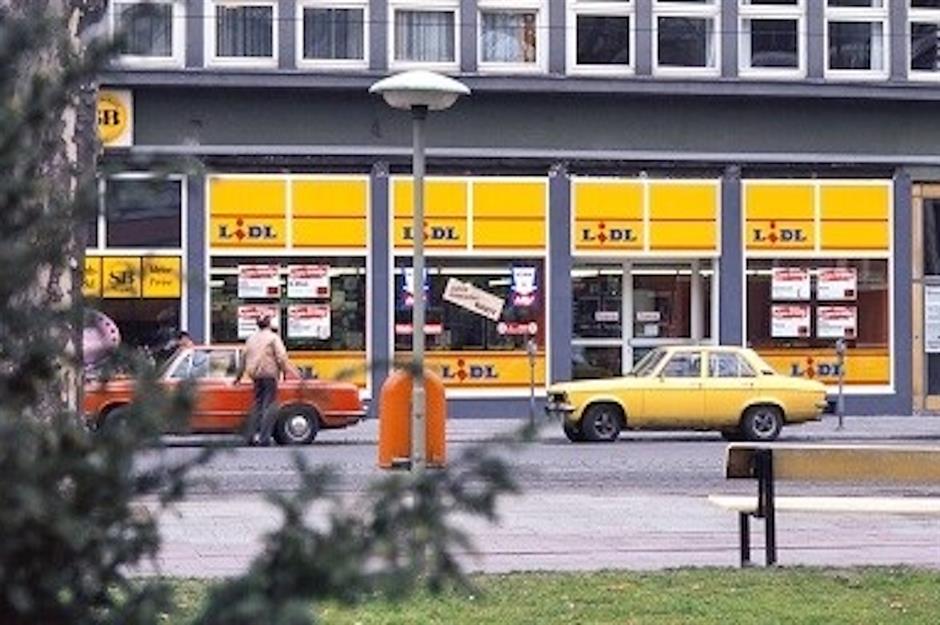
In the early 1970s Dieter Schwarz inherited his father's grocery business, established in the 1930s. Following the success of Aldi, Schwarz decided to create his own discount supermarket. He took the name Lidl from painter Ludwig Lidl, buying the rights for 1,000 German marks. The first Lidl store opened in 1973 in Ludwigshafen, near Frankfurt. It stocked 500 products and employed three people. Four years later there were 32 more stores, and today there are 10,000 across Europe, the US and Hong Kong.
1974 – Foot Locker
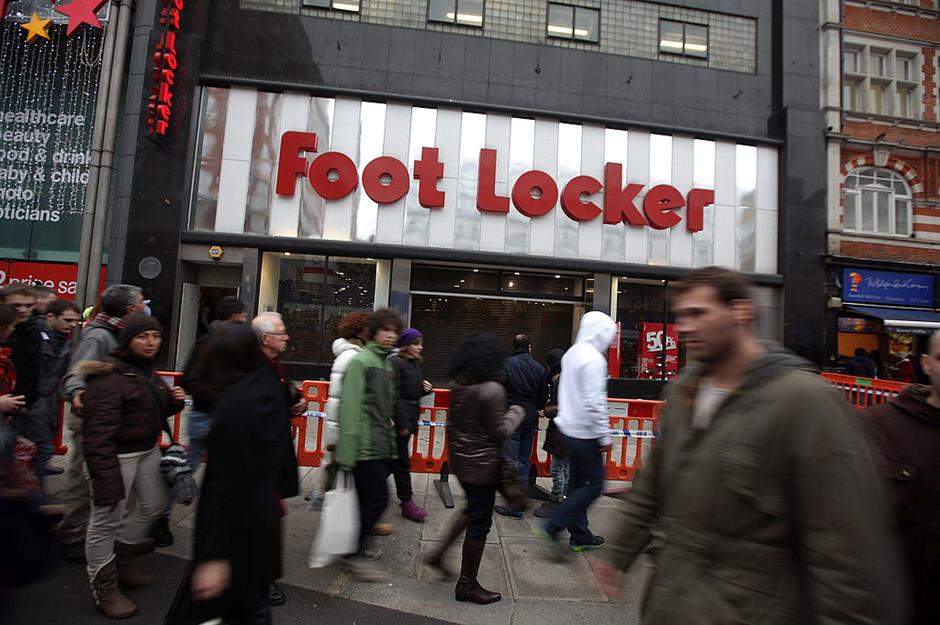
Foot Locker was founded by retail giant Woolworth in 1974. The first store was opened in the Puente Hills Mall in California's City of Industry, and still exists today. The brand was launched at a time when sneakers were becoming a fashion staple and collectors were on the rise. Foot Locker was the first footwear retailer that sold sneakers exclusively, and as a result had grown to almost 100 stores by 1979. There are now over 2,500 Foot Locker stores in 27 countries worldwide.
1975 – Zara

After running a successful textiles company for over a decade, Amancio Ortega opened the first Zara store in A Coruña, Spain in 1975. That first store is still open today. Ortega had originally planned to name the store Zorba after the film Zorba the Greek, but after realising there was a bar with that name nearby, the signage was changed to Zara. The success of this first store allowed Ortega to found Inditex, a retail empire that has made him currently the sixth richest person on the planet.
Read more about Zara founder Amancio Ortega's journey from poverty to billions
1976 – The Body Shop

The Body Shop was launched in 1976 in Brighton, England by Anita Roddick. The brand had a focus on natural ingredients, fair trade and being cruelty-free. The first store stocked just 25 products, with hand-written labels on urine sample bottles that Roddick had bought from a local hospital. The brand proved popular and by 1982 two new stores opened every month. In 2006 Roddick sold the company to L'Oréal for $837 million (£652m), a controversial move given that L'Oréal had tested its products on animals.
1977 – T.J. Maxx/T.K. Maxx

In 1976 Ben Cammarata, General Merchandising Manager of Marshalls, was hired by Zayre (est.1956) to create a new off-price retail chain. As a result, the first T.J. Maxx store was opened in Auburn, Massachusetts in 1977. The concept was simple: buy clothing and homewares from manufacturers that have an excess and pass savings onto the customers. The brand took off, expanding to Europe and Australia where the stores were named T.K. Maxx so as not to be confused with retailer T.J. Hughes.
1978 – B&M
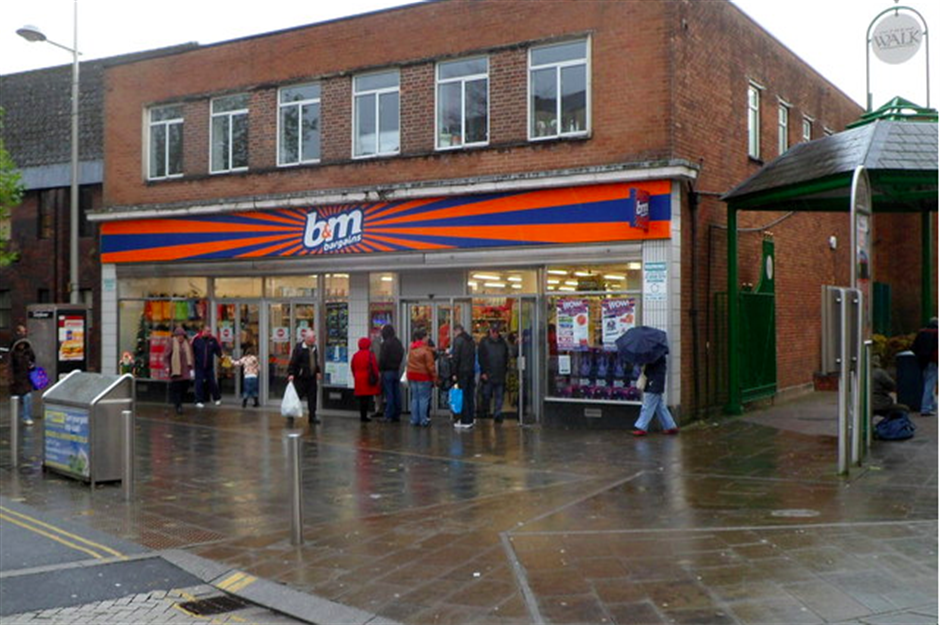
The first B&M store was opened in 1978 in Blackpool, England. The brand was originally named Billington & Mayman after its founder Malcolm Billington, but was changed to B&M, short for Bargain Madness. The discount store chain was trading from 21 locations by the time it was acquired by Phildrew Investments in 2004. Since then the company has grown rapidly, having expanded to Germany and France and reached over 600 stores across the UK employing more than 28,000 people.
1979 – Home Depot
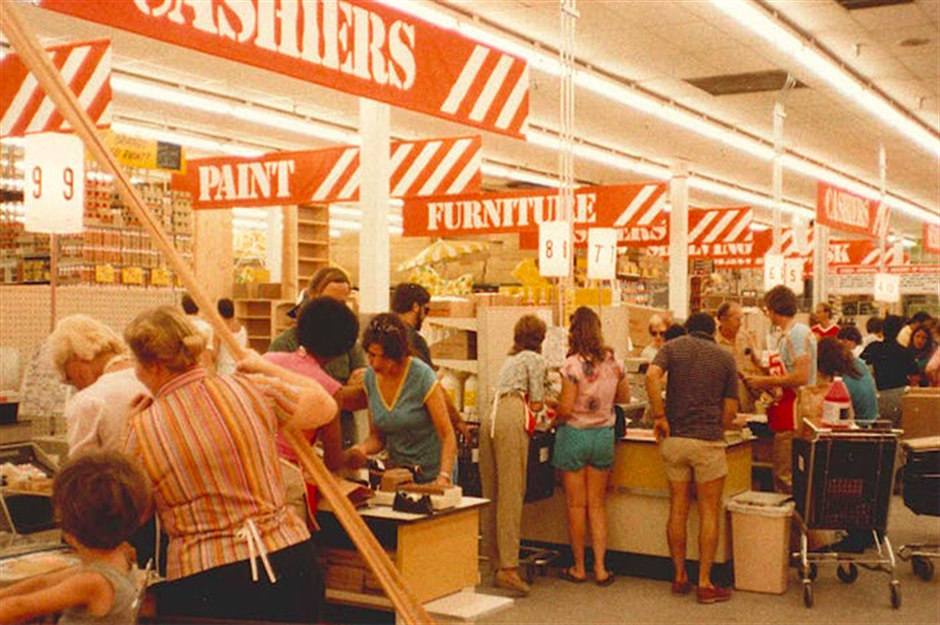
1980 – Whole Foods
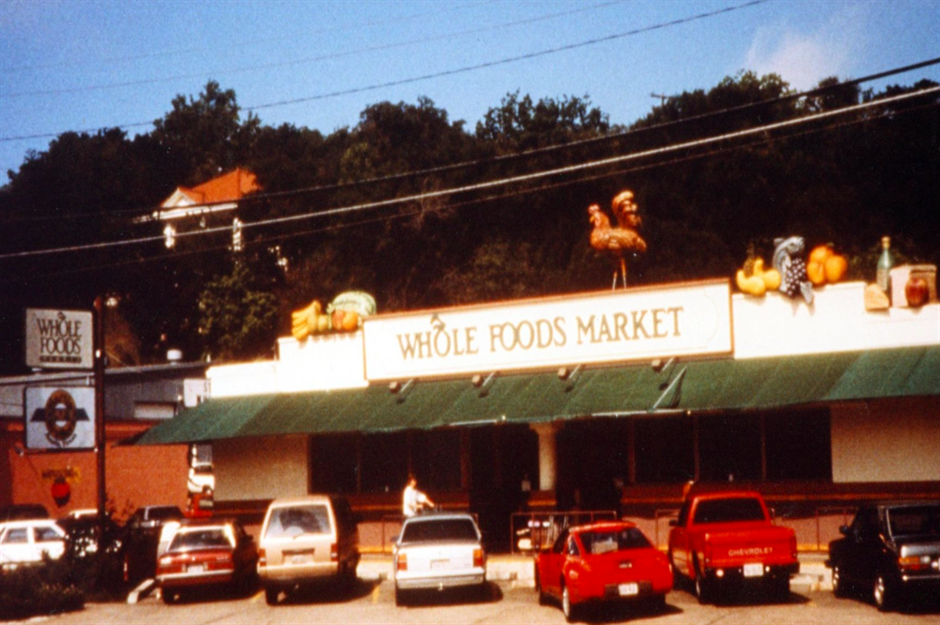
The first Whole Foods store was born out of a merger between Safer Way Natural Foods and Clarksville Natural Grocery. Launching in September 1980, in Austin, Texas, the store had 19 employees and offered a large selection of health foods in its 10,500 square feet. Despite a flash flood within the first few months, the business thrived and continued to grow through a series of acquisitions. In 2017 the company was sold to Amazon for $13.7 billion (£10.7bn).
1981 – JD Sports
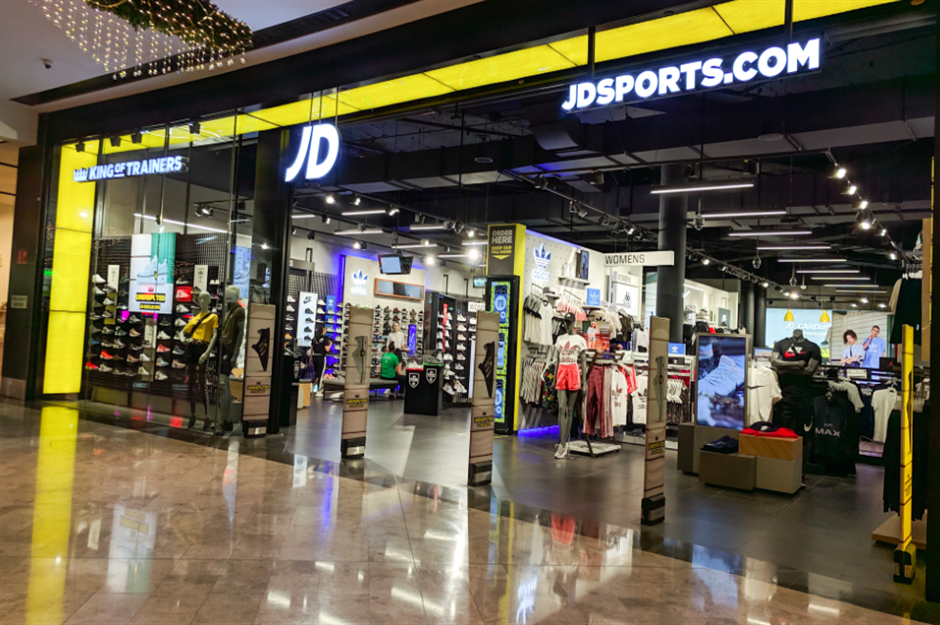
JD Sports was founded in 1981, with the first store launched in Bury in the north of England. The letters JD represent the initials of the company's two founders, John Wardle and David Makin. The sportswear retailer opened another store in Manchester two years later and continued to thrive over the next two decades, reaching 56 locations by 1996. Today the brand has a presence across Europe and the Asia Pacific region, with a total of 2,400 stores worldwide.
1982 – Waterstones
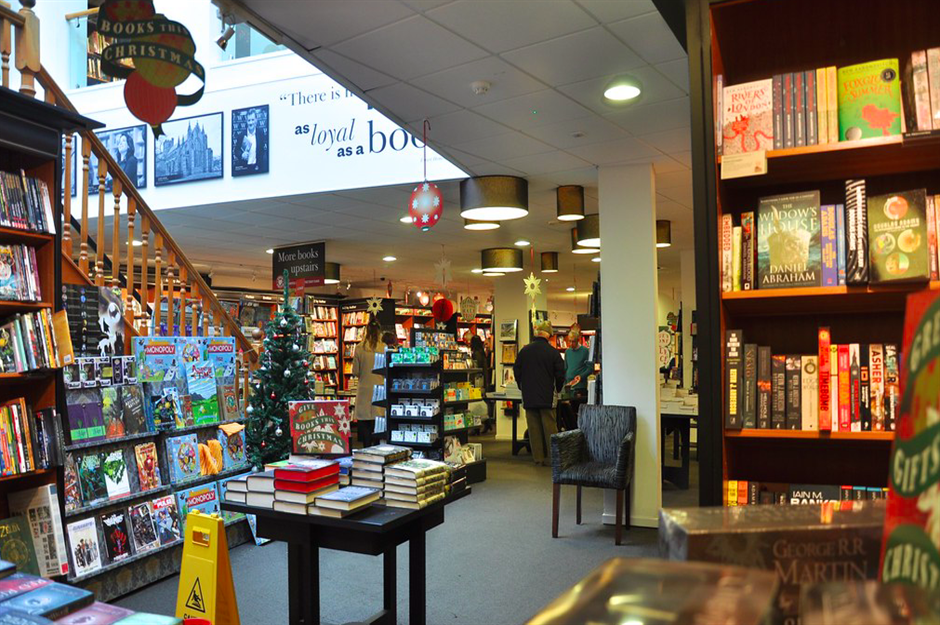
By the early 1980s, the UK's bookselling industry had become stagnant, with its largest retailer, WH Smith, focusing more on toys and stationery. Therefore, when Tim Waterstone was made redundant by WH Smith in 1982, he decided to go into the bookselling business himself. He used his £6,000 payout to fund the first Waterstone store in Kensington, London, and many more followed. Ironically, the thriving business was subsequently bought by WH Smith in 1993 for £47 million ($60.4m).
1983 – Costco
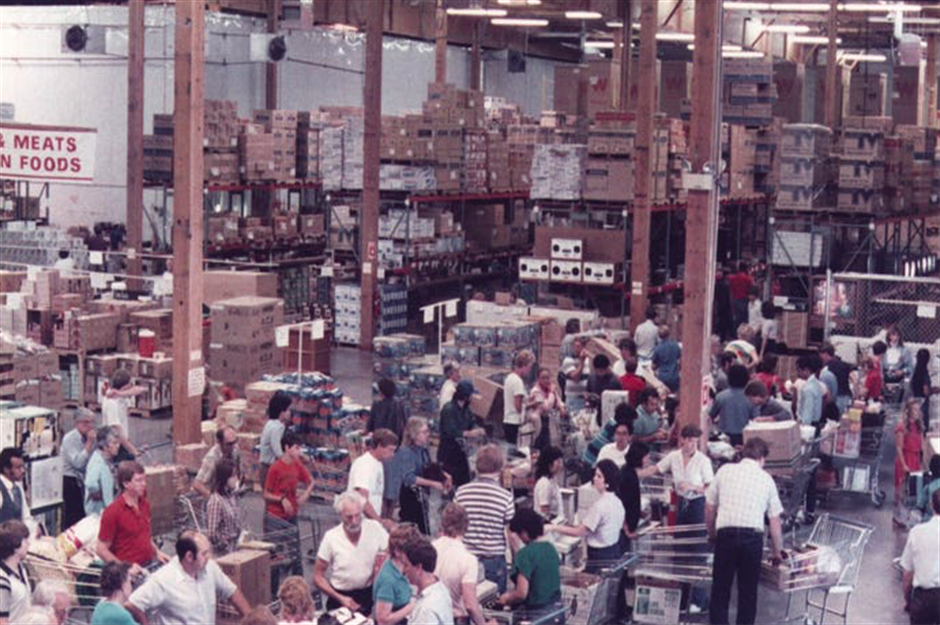
1984 – Uniqlo
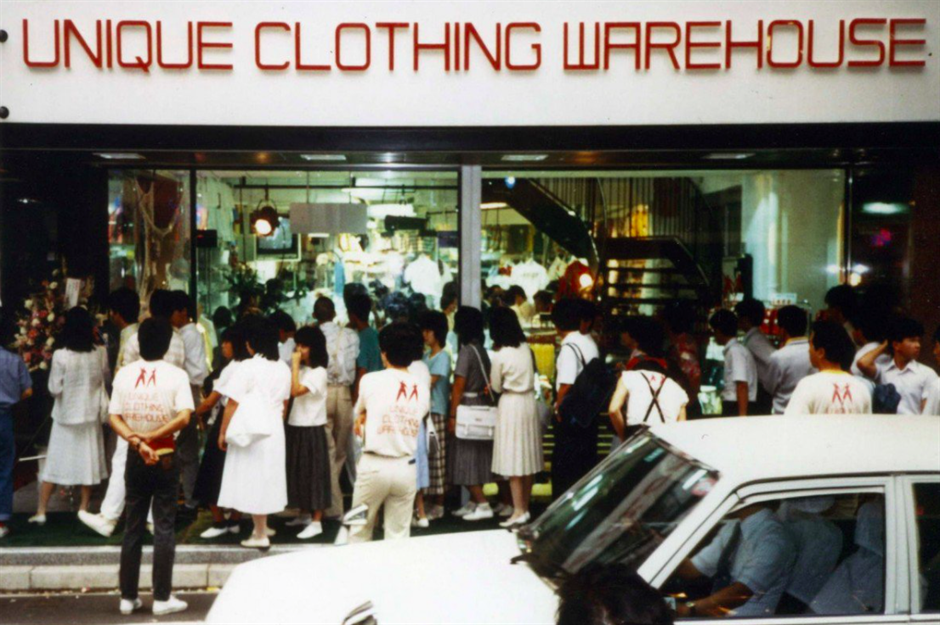
Tadashi Yanai founded Uniqlo in 1984, having previously taken over his father's tailoring business. The first store was opened in Naka-ku, Hiroshima in Japan. Although it was originally intended to be named Uniclo, short for Unique Clothing, an error when registering the brand name in Hong Kong meant it was spelled Uniqlo, which Yanai actually preferred. Today the company has grown into a worldwide fashion empire, making its founder the richest person in Japan, according to Forbes.
1985 – Blockbuster

David Cook moved from the computer software industry to the video rental business after spotting a gap in the market. He opened the first Blockbuster store in Dallas, Texas in October 1985. That first store offered 8,000 movies on VHS and proved so popular Cook added three more locations the following year. After becoming the market leader and expanding overseas, the business began to decline in the 2000s due to the rise of online streaming services and filed for bankruptcy in 2010. Today just one store remains open, in Bend, Oregon.
Blockbuster makes our list of the biggest missed business opportunties ever
1986 – Dolce & Gabbana

Domenico Dolce and Stefano Gabbana met in Milan in 1980 and, after designing for the same company, decided to launch their own collection. Their womenswear line made its debut at Milan Fashion Week in 1985, where the pair relied on friends to model the clothes, not being able to afford professionals. The success of their first collection led to the opening of the first Dolce & Gabbana store a year later in Milan, marking the start of the Italian designers' rise to stardom.
1987 – Disney Store
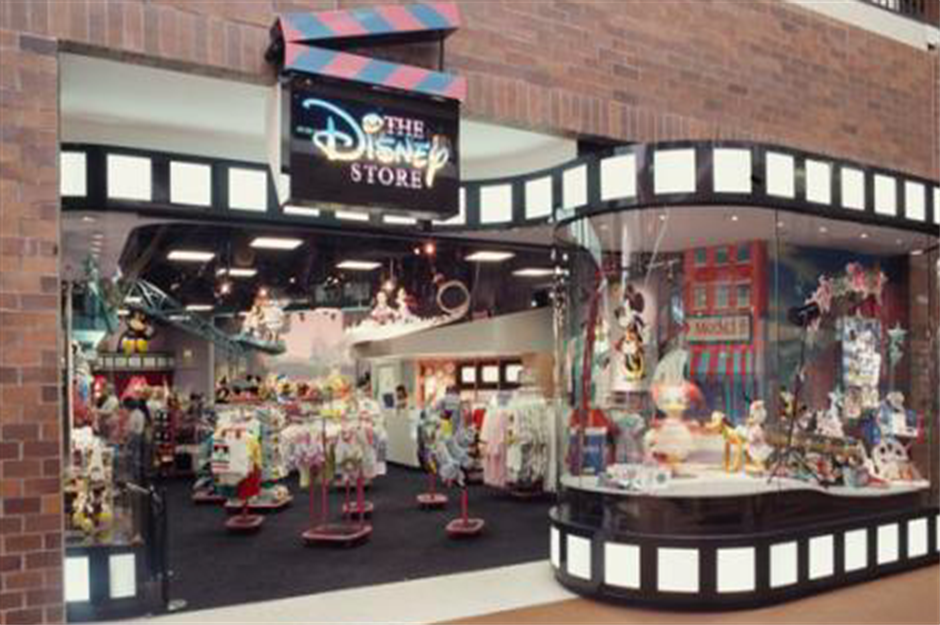
1988 – Ted Baker
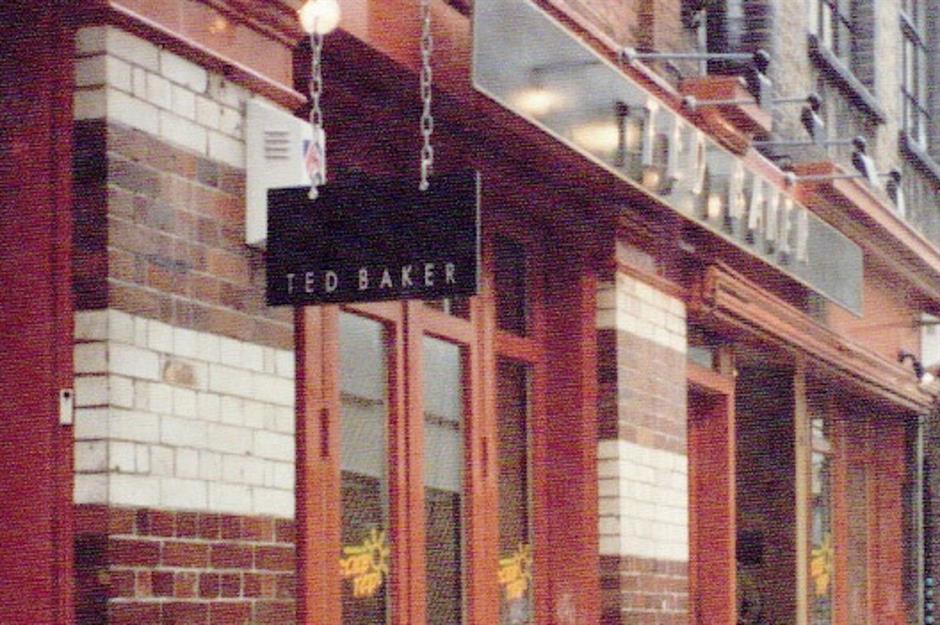
After working in his uncle's menswear store from the age of 11, Ray Kelvin took the decision to create his own fashion label in 1987. One year later the first Ted Baker store launched in Glasgow, Scotland, selling men's shirts. Kelvin didn't want to launch the brand under his own name in case the business failed, so he created the fictional Ted Baker character. After opening 490 stores worldwide, Kelvin resigned from the company in 2019 following accusations of inappropriate behaviour towards staff.
1989 – Hot Topic
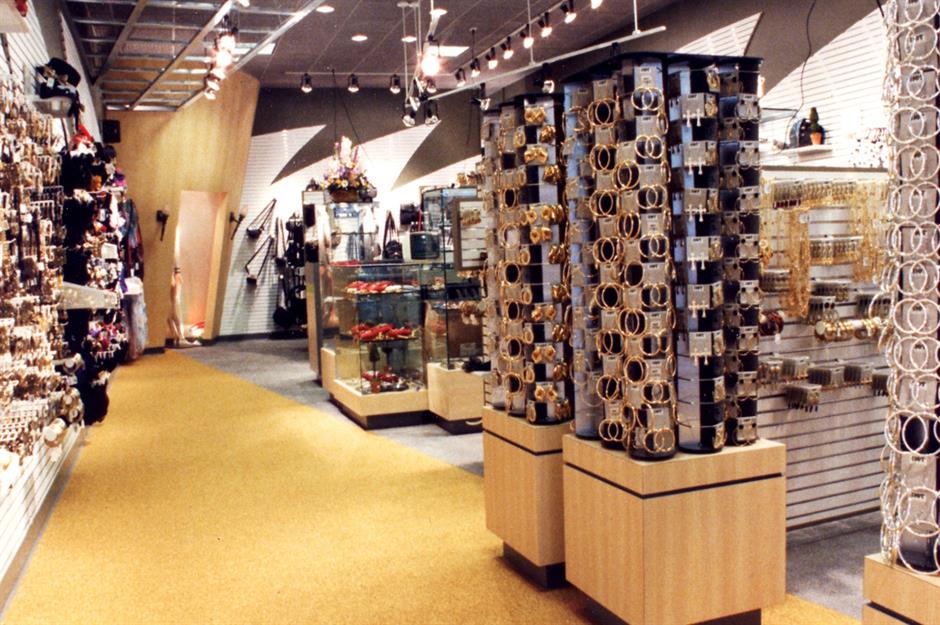
1990 – Poundland
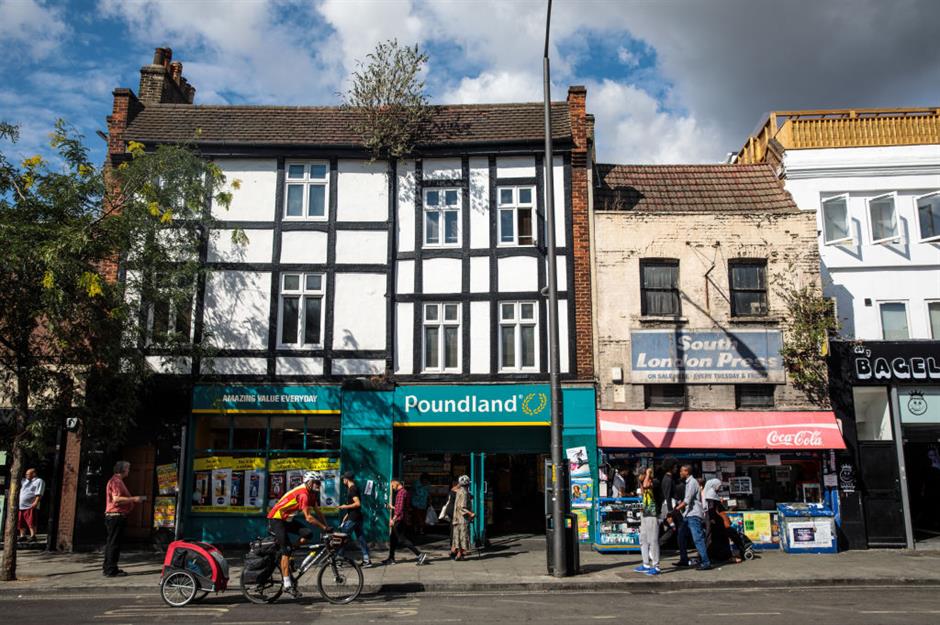
Steve Smith used the knowledge he'd acquired from working on his dad's market stall to open his own store in 1990. At the age of 18, he invested a £50,000 loan his parents had given him into a store in West Bromwich, England, selling products for £1. That first Poundland store generated sales of £13,000 in its first day and turned over £1 million in its first year. A decade later Smith sold the company for £50 million ($64.2m) and gave his parents half.
1991 – MAC
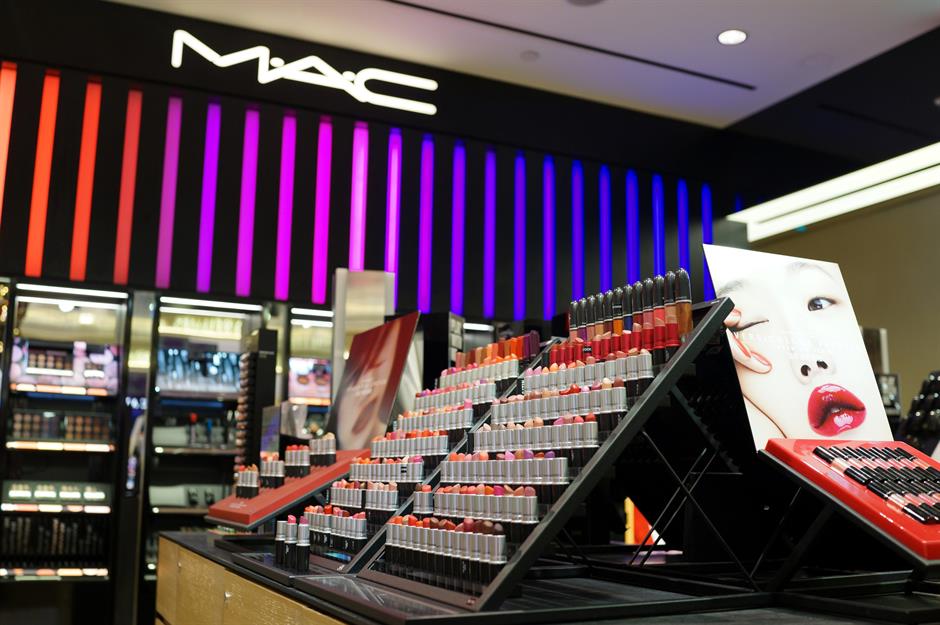
MAC Cosmetics was founded in 1984 by photographer Frank Toskan and beautician Frank Angelo. The pair were frustrated with how most make-up available didn't photograph well. They launched MAC from a counter in a department store the same year. Although originally intended for professionals, make-up fans began to take notice of the line, even more so when Madonna was seen wearing a MAC lipstick. With so much buzz around the brand, the first store duly opened in Greenwich Village, New York City in 1991.
1992 – Anthropologie
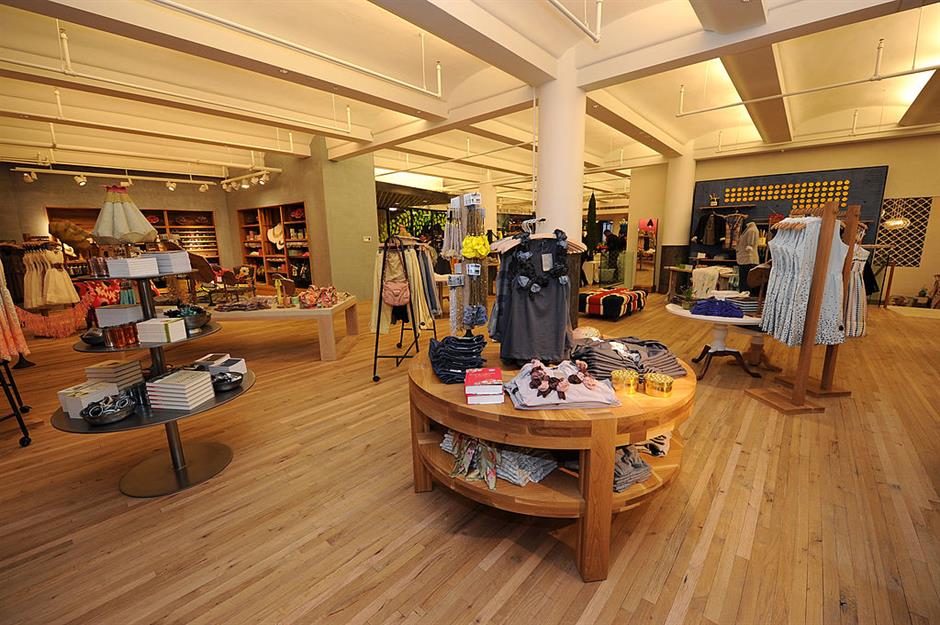
1993 – Dune
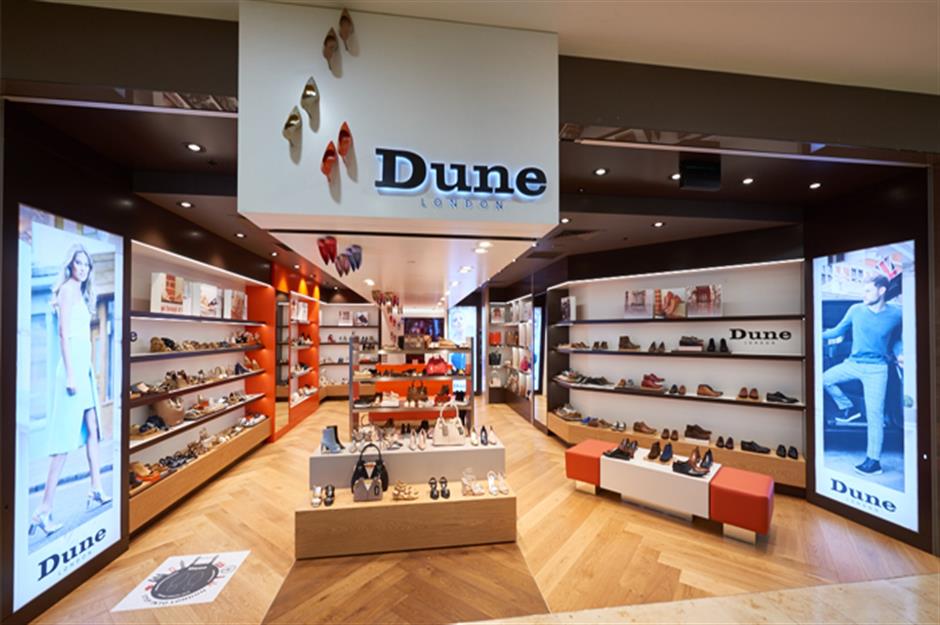
Daniel Rubin came from three generations of shoemakers, so it wasn't a huge surprise when he entered the footwear industry, albeit as an importer. After becoming one of the largest import companies in the UK, he set his sights on retailing instead and started with a 20-square-foot concession in a Jane Norman store on Oxford Street, London in 1992. One year later the Dune store launched on King's Road in Chelsea. That one store has grown into a shoe empire with a presence in 10 countries.
1994 – Agent Provocateur
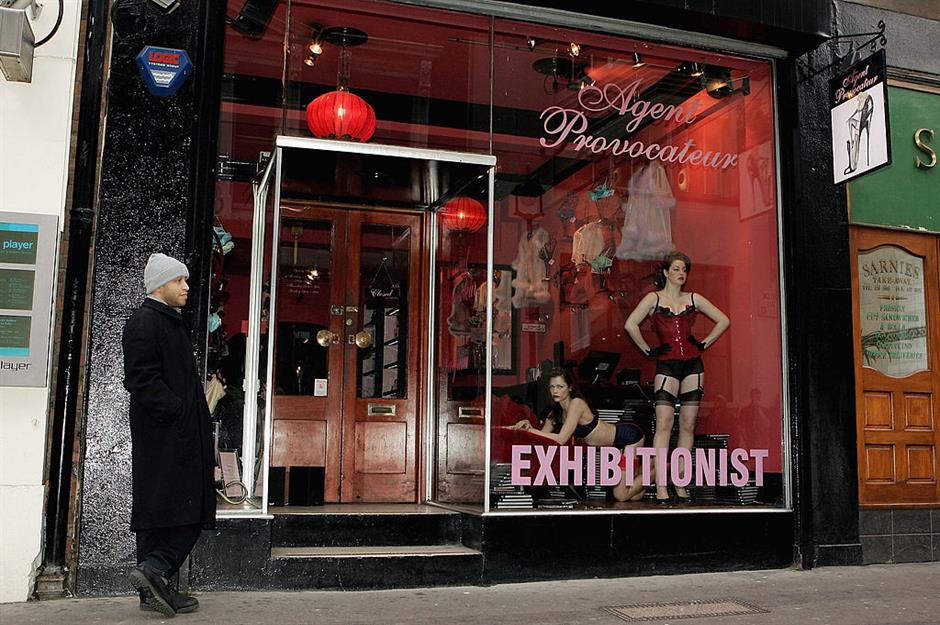
Agent Provocateur was founded by Joseph Corré, the son of legendary designer Vivienne Westwood, and his wife Serena Rees. The couple opened the first store in London's Soho in 1994, with Corré designing the lingerie himself. The company grew over the next two decades, eventually opening stores in 13 countries. However, after falling sales the business entered administration in 2017. It was purchased by Sports Direct owner Mike Ashley in a move branded "a disgrace to British business" by Corré.
1995 – LUSH
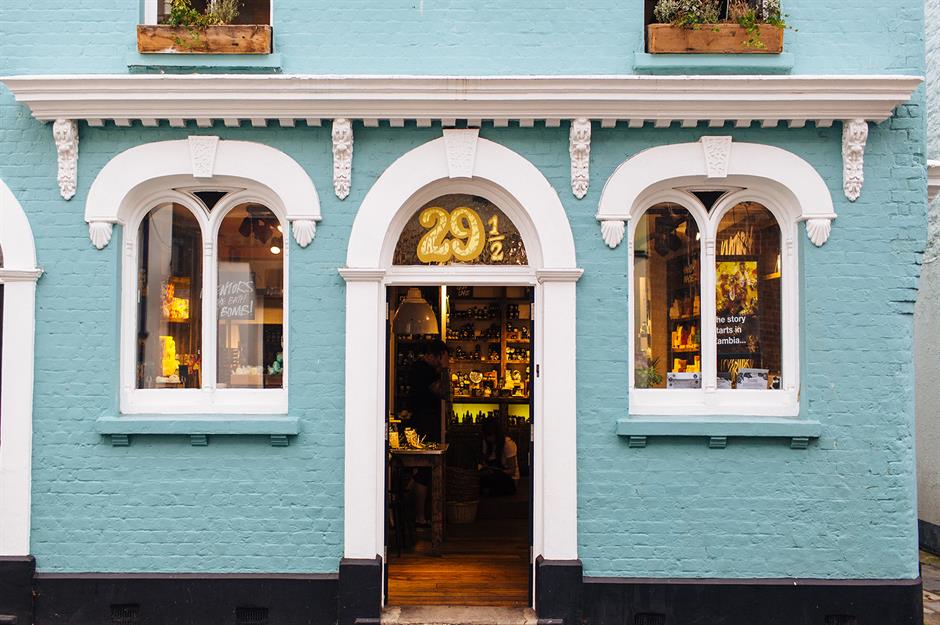
LUSH was founded by Liz Weir, Mark Constantine, Mo Constantine, Rowena Bird and Helen Ambrosen in 1995. The company started off the back of a mail order beauty business called Cosmetics-To-Go, which sold the types of colourful bath bombs and shampoo bars that LUSH is famous for today. When CTG went into administration, the friends decided to open a store instead. In 1995 the first LUSH was born in Poole, England, with the products made upstairs and sold downstairs. Today there are more than 900 stores worldwide.
1996 – Jimmy Choo
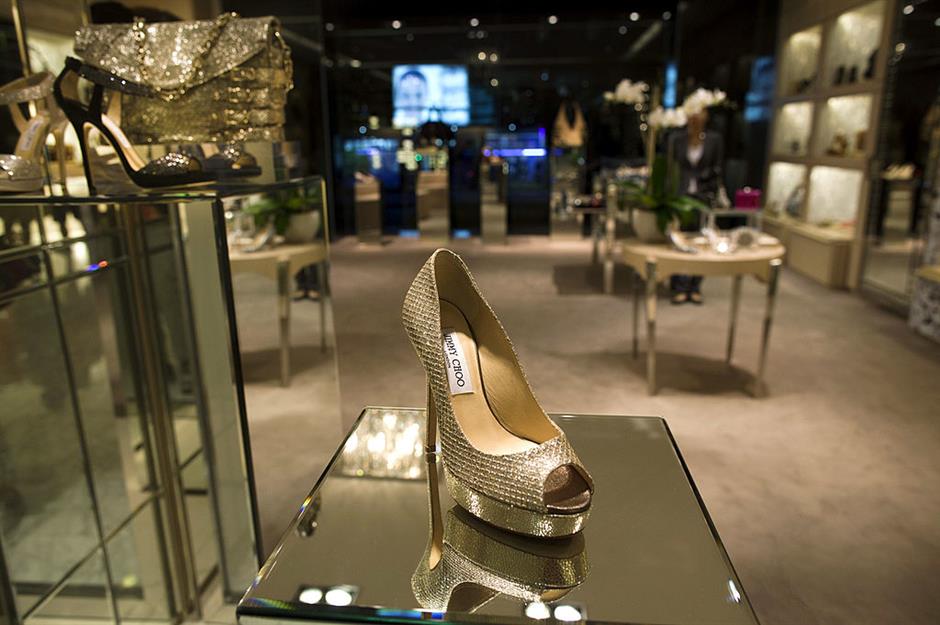
1997 – Tommy Hilfiger

1998 – Sweaty Betty
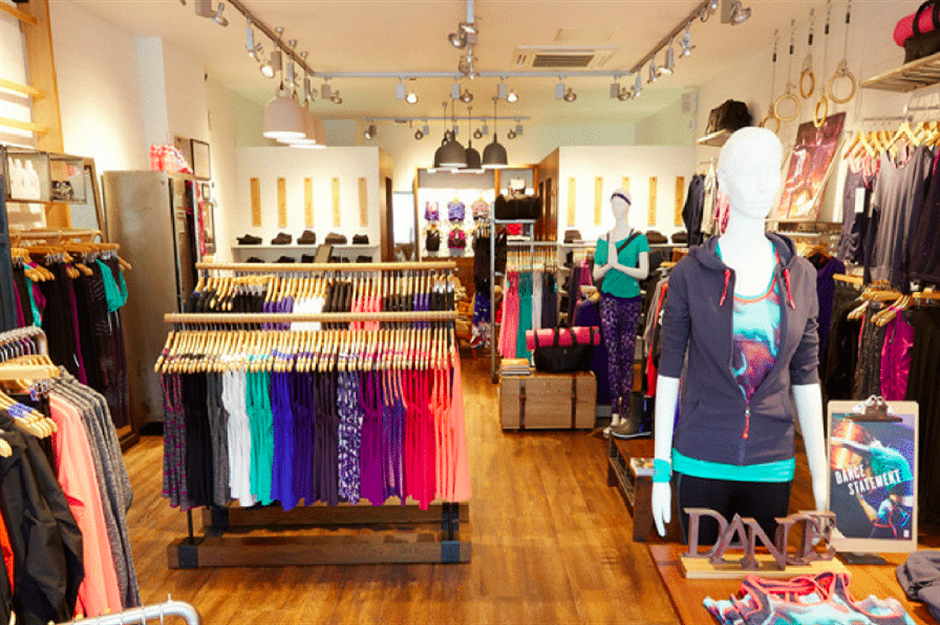
Sweaty Betty founder Tamara Hill-Norton was disappointed by the lack of feminine, colourful activewear available in the 1990s. After being made redundant, she teamed up with her husband Simon to launch her own sportswear brand. After raising money from friends and bank loans, the pair launched their first store in Notting Hill, London in 1998. Tamara came up with the name Sweaty Betty with the aim of challenging the idea that it’s embarrassing or uncool to sweat.
1999 – Nails Inc
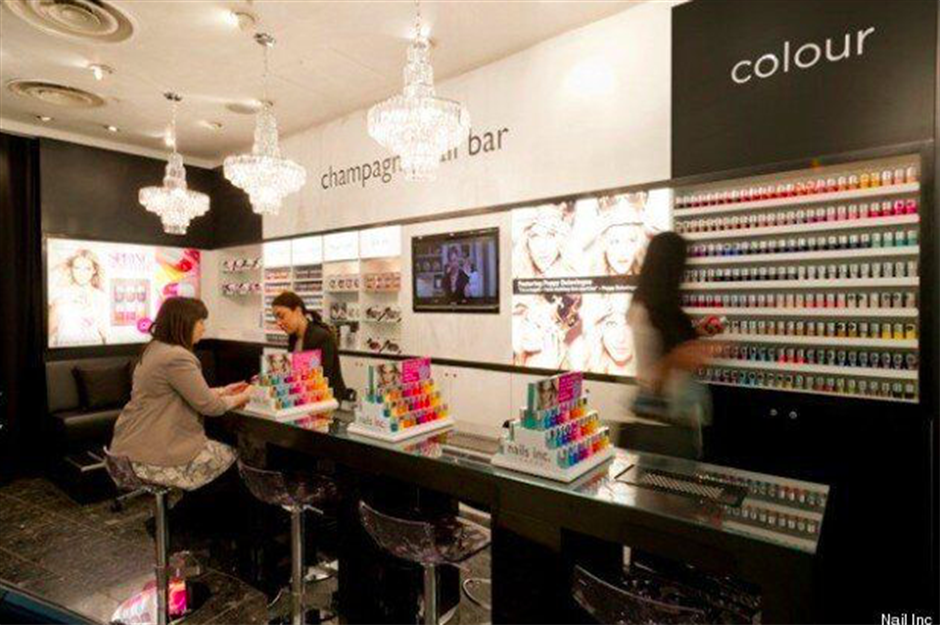
Thea Green already had a promising career in fashion when she came up with the idea of a new beauty brand in 1999. Working as the fashion editor of Tatler magazine at the age of 23, she noticed a gap in the UK market for NYC-style nail bars. After raising cash through investors, she opened the first Nails Inc store in London in November 1999 to much excitement. People queued for two hours to get a manicure and within four months another four stores were launched.
2000 – Hollister
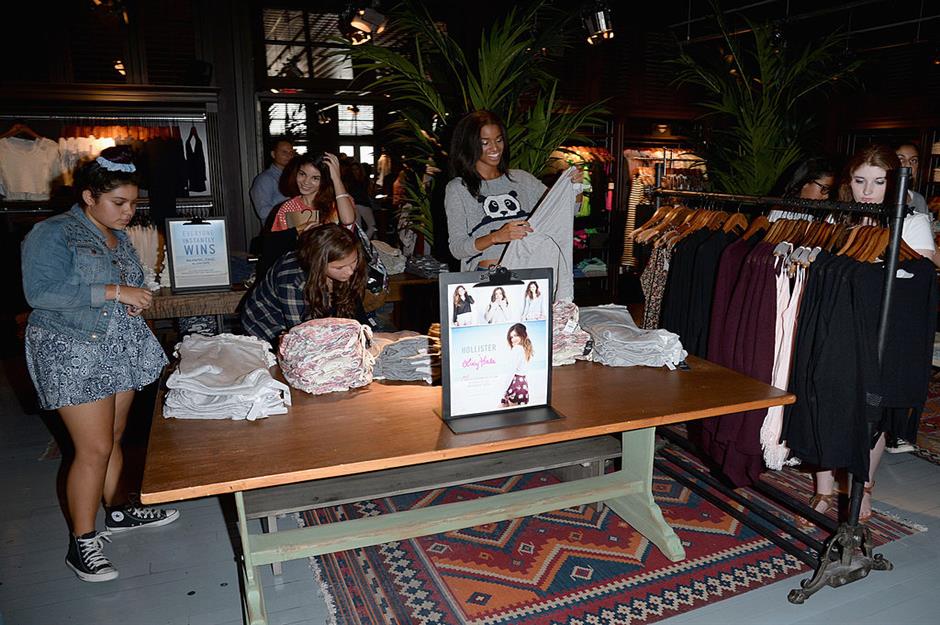
Hollister was founded by Abercrombie & Fitch as a way to target the teen market. The first store was opened in Columbus, Ohio in 2000, with four more sites following in quick succession. In 2015 an expose by Dave Eggers for The New Yorker revealed that the story of Hollister's founder, a free-spirited surfer named John Hollister, was completely fictional. Abercrombie & Fitch later revealed the name Hollister had actually been plucked from thin air.
Now take a look at some famous name stores that could disappear in the next 10 years
Comments
Do you want to comment on this article? You need to be signed in for this feature